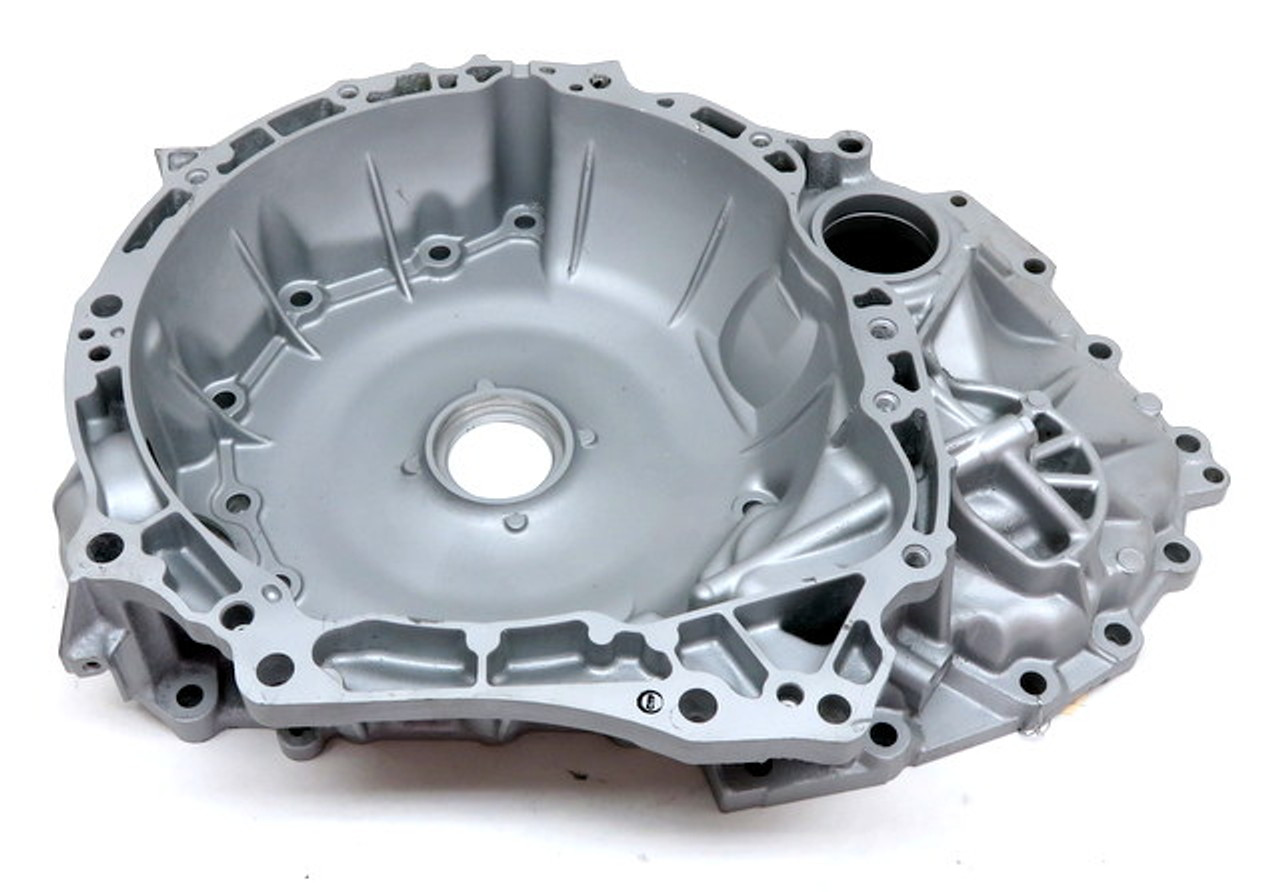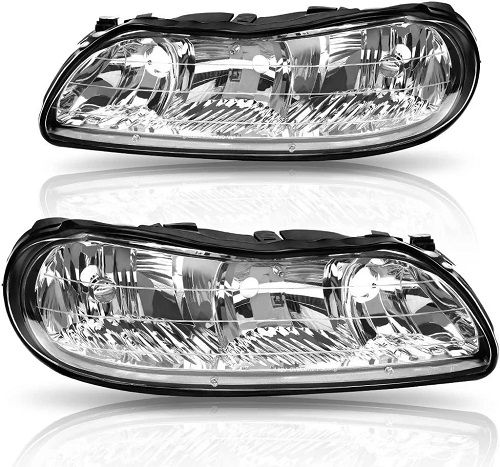Fair Shine industrial (Hong Kong) Co., Limited
To provide customers with the most comprehensive precision mold parts solutions.

2024-12-17 18:13:03
Mold Cavity Manufacturing has a wide range of applications and an important position in the field of mold manufacturing. By adopting advanced processing equipment and processes and optimizing mold design, higher precision and higher efficiency mold cavity manufacturing can be achieved. This helps to improve product quality and competitiveness, reduce production costs and cycles, and provide strong support for modern industrial production.


Features
High precision: Cavity manufacturing requires high-precision processing equipment and processes to ensure that the size and shape accuracy of the cavity meet the design requirements. This helps to ensure the dimensional stability and consistency of the final product.
High complexity: As product design becomes increasingly complex, cavity manufacturing also faces greater challenges. The cavity may need to have complex shapes, structures and details to meet the functional requirements of the product.
High material requirements: Cavity manufacturing has strict requirements on material selection and processing performance. Commonly used mold materials include steel, aluminum alloy, copper alloy, etc., which need to have good wear resistance, heat resistance and corrosion resistance.
High cost: Since cavity manufacturing involves high-precision processing and complex shape design, its cost is relatively high. However, high-quality cavity can significantly improve production efficiency and product quality, thereby reducing long-term costs.
Function
Forming product shape: The cavity is a key part of the mold used to form the shape of the product. In molding processes such as Injection Molding and Die Casting, molten plastic or metal is injected into the cavity, and the desired product shape is formed after cooling and solidification.
Ensure product quality: The precision and surface quality of the cavity directly affect the quality and performance of the final product. High-precision mold cavities can ensure the dimensional accuracy and surface finish of products and improve the overall quality of products.
Improve production efficiency: High-quality mold cavities can significantly improve production efficiency. By optimizing the mold cavity design and processing process, waste and downtime in the production process can be reduced, and the overall efficiency of the production line can be improved.
Application areas
Automotive industry: Cavity manufacturing has a wide range of applications in the automotive industry. Automotive parts such as engine housings, transmission housings, and headlight housings all need to be completed through cavity manufacturing. These parts need to have high precision and complex shapes to meet the performance and safety requirements of the car.
Electronics industry: With the increasing miniaturization and complexity of electronic products, cavity manufacturing is becoming More and more widely used in the electronics industry. For example, mobile phone housings, tablet housings, TV screen frames, etc. all need to be completed through cavity manufacturing. These parts need to have exquisite appearance and strict dimensional accuracy to meet the aesthetic and performance needs of consumers.
Medical device industry: The medical device industry has extremely high requirements for product precision and quality, so cavity manufacturing also has important applications in this industry. For example, surgical instruments, syringes, infusion sets, etc. all need to be completed through cavity manufacturing. These parts need to have good durability and biocompatibility to ensure the safety and comfort of patients.
Daily necessities industry: Cavity manufacturing is also widely used in the daily necessities industry. For example, plastic cups, tableware, toys, etc. need to be completed through cavity manufacturing. These parts need to have exquisite appearance and durable performance to meet the daily life needs of consumers.


Manufacturing process
Design and planning: According to the needs of the product, the cavity is designed and planned. This includes determining the shape, size, material and processing method of the cavity. The design stage needs to fully consider factors such as the structural characteristics, material properties and molding process of the product to ensure that the cavity design can meet the requirements of the product.
Material selection and preparation: According to the design requirements of the cavity, select suitable mold materials. Commonly used mold materials include steel, aluminum alloy, copper alloy, etc. When selecting materials, factors such as material strength, hardness, wear resistance, heat resistance and corrosion resistance need to be considered. At the same time, the material needs to be pre-treated, such as heat treatment, surface treatment, etc., to improve the processing performance and service life of the material.
Processing and manufacturing: The mold material is precisely processed and manufactured through advanced processing equipment and processes. This includes milling, grinding, drilling, wire cutting and other processes. During the processing, the processing accuracy and surface quality need to be strictly controlled to ensure the precise fit of the mold cavity and the quality of the product. At the same time, the waste and cutting fluid generated during the processing need to be processed and recycled to reduce pollution to the environment.
Assembly and debugging: Assemble and debug the processed mold cavity with other mold components. This includes installing components such as ejector pins, runner systems, cooling systems, and performing mold trials and debugging. During the assembly and debugging process, it is necessary to ensure the precise fit and stable operation of the mold cavity with other components. At the same time, the mold needs to be regularly inspected and maintained to extend the service life of the mold and improve production efficiency.
Development trend
Digitalization and intelligence: With the development of digitalization and intelligent technology, mold cavity manufacturing is moving towards a more automated and intelligent direction. By adopting advanced CAD/CAM software and CNC processing equipment, precise design and efficient processing of the mold cavity can be achieved. At the same time, by introducing the Internet of Things and big data technology, the use of the mold can be monitored and analyzed in real time to detect and deal with potential problems in a timely manner.
Green manufacturing: With the improvement of environmental awareness, cavity manufacturing is developing in a more green and sustainable direction. By adopting environmentally friendly materials and processes, pollution and damage to the environment can be reduced. At the same time, by optimizing mold design and processing, waste and emissions in the production process can be reduced, and resource utilization and energy efficiency levels can be improved.
High precision and high efficiency: With the intensification of market competition and the improvement of consumer requirements for product quality, cavity manufacturing is developing in the direction of higher precision and higher efficiency. By adopting advanced processing equipment and processes and optimizing mold design, higher precision cavity manufacturing and more efficient production can be achieved. This helps to improve product quality and competitiveness and reduce production costs and cycles.

Fair Shine industrial (Hong Kong) Co., Limited
To provide customers with the most comprehensive precision mold parts solutions.
+86 189 2682 6341
Block 1, No. 12, Wusong 4th Street, Yuwu Industrial Zone, Dongcheng District, Dongguan, Guangdong, China
Copyright © 2025 Dongguan Huixiang Mold Technology Co., Ltd all rights reservrd.
Technical support: HuaShang